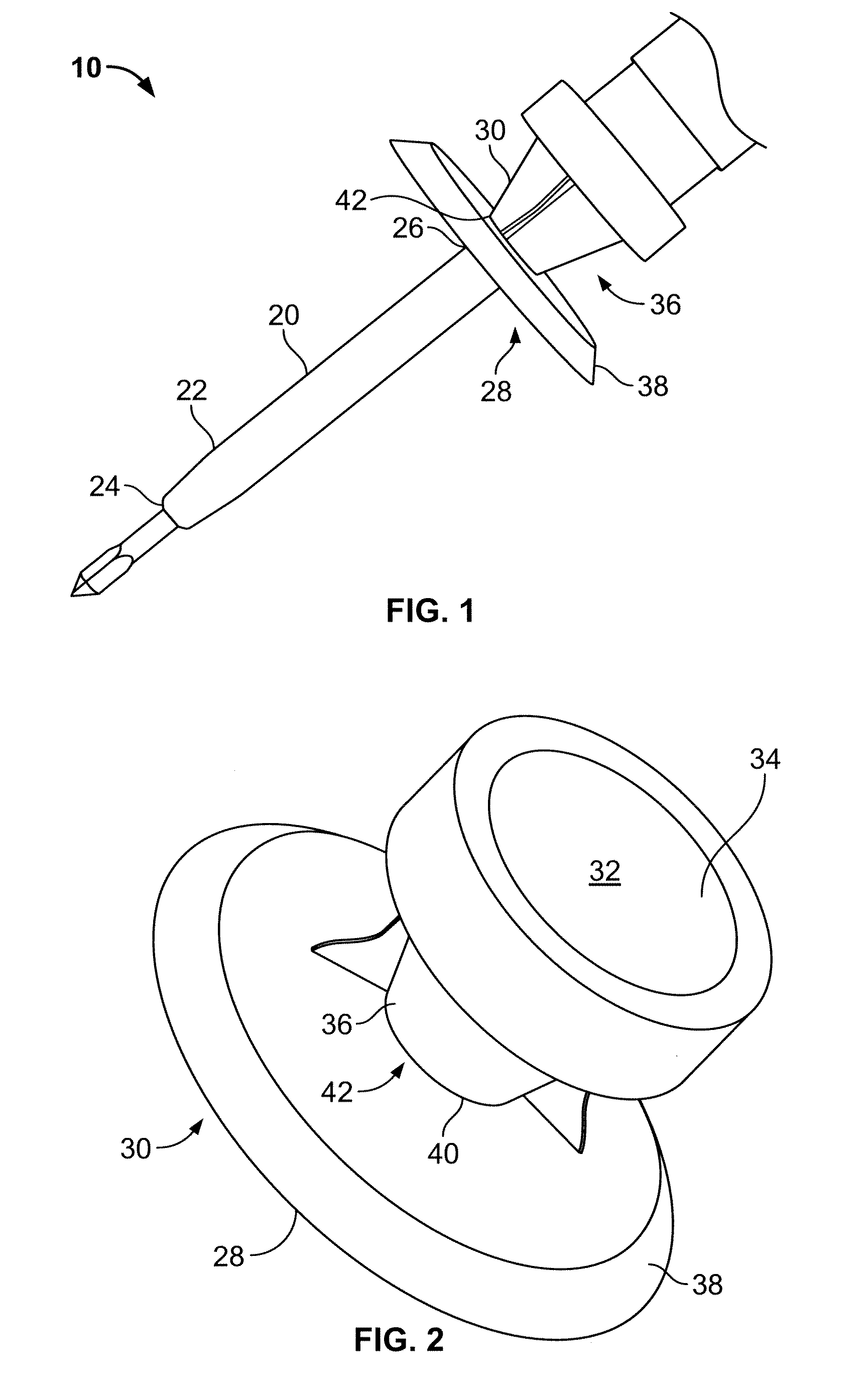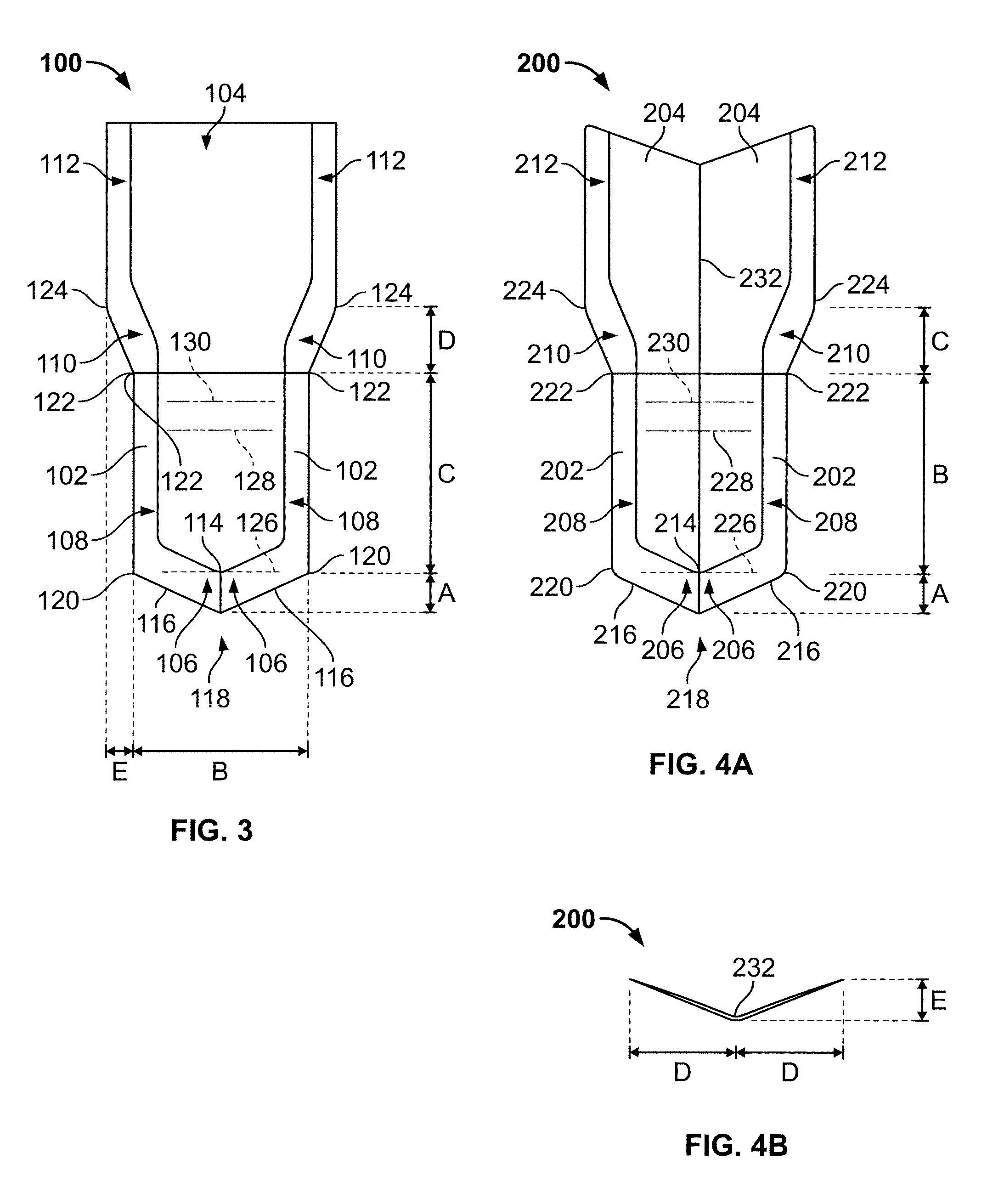Surgical blade and trocar system
a technology of surgical blades and trocars, which is applied in the field of surgical blades and trocar systems, can solve the problems of post-operative hypotony, undetected large incisions, and significant risks of vitreous-retinal surgery, and achieve the effect of minimizing the bending of surgical instruments, effectively closing itself, and removing the trocar quickly and easily
- Summary
- Abstract
- Description
- Claims
- Application Information
AI Technical Summary
Benefits of technology
Problems solved by technology
Method used
Image
Examples
Embodiment Construction
[0038]The present invention is directed to safer and more efficient surgical tools and techniques to perform vitreo-retinal and cataract surgeries. The present invention generally provides an improved surgical blade and trocar system for accessing the retina and other pats of the eye while doing vitreo-retinal and cataract surgeries, including surgeries for macular degeneration.
[0039]In one embodiment, the present invention provides a pre-sterilized, disposable trocar system. The trocar system is meant for single use only and does not require assembly by the user. With minimal training, a vitreo-retinal or cataract specialist should adapt intuitively to this improved system. Based upon a concept of minimally invasive surgery, this trocar system can be used to create a self-sealing, multi-planar scleral or cataract incision using a new trocar device that improves both patient safety and surgical efficiency, as described further below.
Trocar System
[0040]FIG. 1 shows a preferred embodi...
PUM
 Login to View More
Login to View More Abstract
Description
Claims
Application Information
 Login to View More
Login to View More - R&D
- Intellectual Property
- Life Sciences
- Materials
- Tech Scout
- Unparalleled Data Quality
- Higher Quality Content
- 60% Fewer Hallucinations
Browse by: Latest US Patents, China's latest patents, Technical Efficacy Thesaurus, Application Domain, Technology Topic, Popular Technical Reports.
© 2025 PatSnap. All rights reserved.Legal|Privacy policy|Modern Slavery Act Transparency Statement|Sitemap|About US| Contact US: help@patsnap.com



